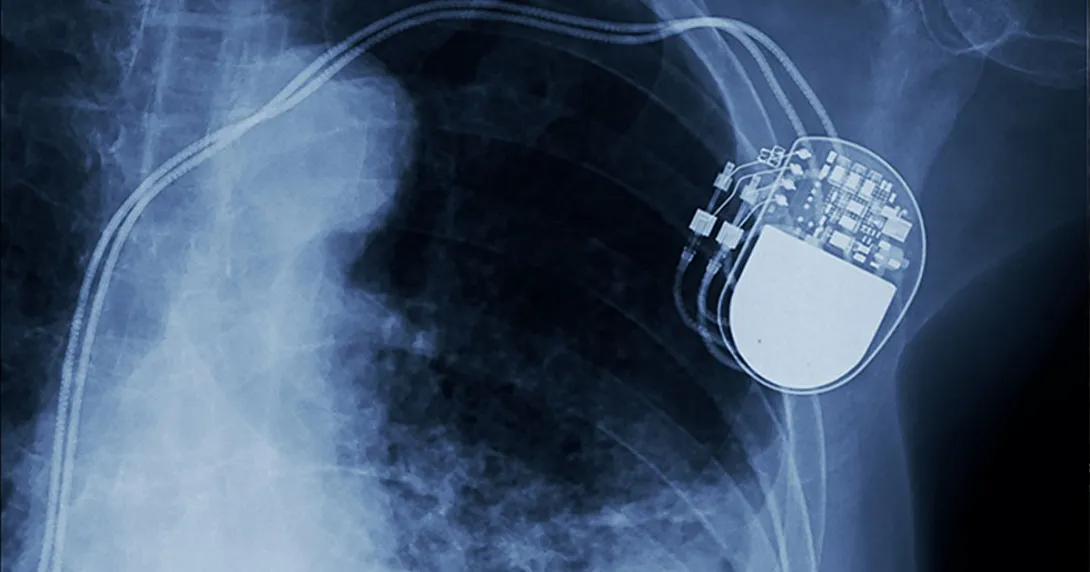A great deal of debate has focused on how to achieve the Obama administration’s goal of a national, interoperable healthcare information network. While there are some detractors, the vast majority of those engaged in the debate see great value in this initiative, for Americans and for our healthcare system.
Billions of dollars have already been invested in building capability and connectivity through large healthcare infrastructures, and this has been a critical first step. Through our work with entities such as the Nationwide Health Information Network (NHIN) and regional Healthcare Information Exchanges (HIEs), we have witnessed firsthand great strides in linking unaffiliated hospitals, health systems and public health departments, most of which utilize different technologies.
Continue to build
We need to continue to build these infrastructures and, in turn, expand both the state and national networks. As we do this, we should be mindful of where most of us receive our healthcare. Eighty percent of physicians in the United States
are not affiliated with large hospitals and health systems. These are the doctors that most of us regularly visit.
A network that doesn’t connect more than two thirds of our healthcare providers will never bring our nation to a level of care enhancement and efficiency improvement that even comes close to reflecting the dollars spent.
We need to ask: How can we help providers gain anytime/anywhere access to an easy-to-use, fully interoperable healthcare connectivity solution? The $36 billion federal package will motivate physicians to research and adopt health information technology, but selling physician practices insular, expensive one-size-fits-all solutions that can interrupt physician office workflow serves neither our physicians’ nor the nation’s goals.
Incremental adoption
Our technology offerings must allow for incremental adoption of flexible, open solutions that permit doctors to view their patients’ clinical information at the point of care and connect with peers and patients about patient care.
Small to mid-size physician practices need the same level of connectivity now enjoyed by larger hospitals, health systems and HIEs, without costly IT implementations or workflow disruptions. Our experience and the 140,000 physician customers in our network tell us that physicians are motivated to adopt health information technology only when the service truly meets their needs.
It’s imperative that all care providers are connected to the national network because patients and physicians will not see the value of health information technology until all vital patient information is available in a single view – aggregated from various care facilities and episodes.
To what end? The desired end result?
When a patient can walk into any practice, clinic or hospital in any geographical location and the physician can quickly and easily view critical medical information on that individual. Only then will American healthcare see the full benefits of technological interoperability.
Richard A. Mahoney serves as vice president of healthcare information solutions for Quest Diagnostics and is the president of MedPlus, Inc., a wholly-owned subsidiary of Quest Diagnostics.


